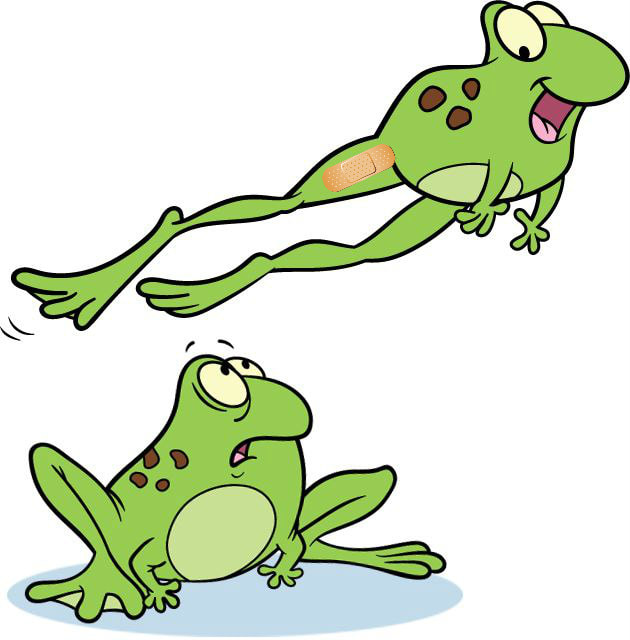Bruised skin changes to some weird and wild colors. have you ever wondered why bruises change color and what to look for to know if a bruise is healing correctly? Here are a few of the answers to questions you, or your kids, might have about bruising.
A bruise happens when there's been trauma to the skin, muscles, or other tissue and small capillaries (tiny blood vessels) under the surface of your skin break. If the injury isn't severe enough to cause the skin to tear and bleeding to occur, then what we end up with is a bruise. It is also called a contusion in more medical terms.
Did you know that the length of time it takes for a bruise to heal, as well as the different colors it changes, has a predictable pattern? As a fact, it is so predictable that doctors and nurses can tell by the color when the bruising actually occurred. When the injury first happens, the blood from the broken capillaries spills out and inflammation happens. The area will be bright red, if the bruising happens nearer the surface of the skin. When the injury happens deeper below the surface, you may not see the pink or red color, but you'll pain from caused by the swelling.
The blood in a bruised area isn't circulating so it becomes deoxygenated and darkens. While the blood isn't blue, it can appear that way because it is viewed through the layers of the skin and other tissue. "After the first day or so, the hemoglobin from dead blood cells releases its iron. The bruise darkens from blue to purple or black. Hemoglobin is broken down into biliverdin, a green pigment. Biliverdin, in turn, is converted into the yellow pigment bilirubin. Bilirubin dissolves and returns to the bloodstream where it is filtered by the liver and kidneys." The bruise fades away until it's gone as the bilirubin is absorbed into the body.
A bruise can actually spread, especially downward under the force of gravity. It heals first at the outer edges, then moves in toward the center. "The intensity and hue of bruise colors depend on multiple factors, including the severity of the contusion, its location, and skin color. Bruises on the face or arms typically heal more quickly than bruises on the legs."
Here's chart of the color changes a bruise typically goes through.
Red or pink - at the time of injury
Blue, purple, black - within a few hours
Purple or black - 1 to 5 days
Green - a few days to a few weeks
Yellow, brown - a few days to several weeks.
Applying ice and elevating the injured area are a couple of good ways to help a bruise heal faster. But when is it time to go and see a medical professional? Bruises usually last a week or two and will generally heal on their own, but sometimes they need the help of a doctor.
1. If they last more than a couple of weeks.
2. The bruise happens for no apparent reason.
3. A bruise gets worse instead of better.
4. You have bruising around the eyes. You want to be certain there's no fracture or damage to the eye.
5. You develop a fever, see streaks of red around the bruise, or it begins to drain fluid. These are signs of an infection.
6. The bruise becomes hard or tender.
Young Quigley's bruise is already on the mend. Both he and I had a lot of fun learning about bruises. I hope you found a few interesting facts, as well. And the next time you see someone with a bruise, you'll be able to tell them exactly when the injury occurred...simply by looking at the color. Until tomorrow, Quigley and I wish you
Peace.

 RSS Feed
RSS Feed